
Homo Faber Guide - Textile creator - France - CRAFT STORIES
Rose Ekwé’s work hangs by a thread - or rather several threads, which she makes from seaweed and weaves with hemp or flax into a new kind of textile. From an experiment in her kitchen to laboratory research, Gélotextile® connects past with present, the latest advances in technology with techniques that echo over hundreds of years. At 29, Rose Ekwé is a weaver for the twenty-first century and the inventor of an ethical textile language.
After a science baccalauréat, an interest in creative expression led her to study applied art and design, beginning at École Duperré in Paris where she learned different weaving techniques. She graduated in 2014 with a diploma in textile skills then continued her studies at Haute École des Arts du Rhin (HEAR) in Mulhouse, one of the few universities in France that offers a textile design course.
“At Duperré I learned handweaving techniques and at HEAR I studied technical design, so I was able to see how tradition can address contemporary issues,” she explains. Despite their advantages, she couldn’t ignore the environmental impact of synthetic fibres and so began looking for an alternative. “Creating materials is something I especially enjoy. I thought long and hard about the implications of developing a new material when we’re already surrounded by textiles and the industry doesn’t have the best environmental credentials. My idea was to create something that wouldn’t generate additional waste; a textile made from local and renewable resources which, at the end of its life, could be composted.”
After experimenting with various solutions, Rose Ekwé discovered seaweed’s many qualities. “Of the different materials I tested, all categorised as waste, seaweed produced a yarn that ticked all the requisite boxes. It’s a natural material that’s readily available in France, hence locally, and it grows without freshwater or pesticides. Pollution has produced a glut of algae on the Brittany coast and no-one knows what to do with it. Beyond seaweed’s aesthetic appeal, I liked the idea of valuing this resource.”
Her early attempts, at home in her kitchen, were based on trial and error. “Now I’m working with textile engineers and laboratories to develop a viable and sustainable process. We’re in the middle of researching and developing automated spinning systems that can produce large quantities of stable yarn.”
Rose Ekwé works with farmed seaweed which she spins using an innovative technique. “I registered a patent for the process in December 2020. It consumes very little water, very little energy and very little raw material. Compared with plant fibre, for example, there is less processing involved.” She weaves the resulting Gélofils with traditional fibres such as hemp or flax, which she also sources in France, and colours them using natural dyes from plants and algae, including spirulina, weld and alkanet, or pigments derived from food waste such as onion peel.
“You can make textile out of anything. Wood, repurposed plastic, metal, glass, they can all be woven into fabric. The possibilities are endless. Textile is sensorial, visual. It’s all around us. There isn’t a day when we don’t encounter textiles. They’ve always been a part of our lives, for every civilisation and every period in history. When you create, you produce something tangible that wasn’t there before. There’s something magical about being able to develop fabrics with such a surprising feel and texture from only biosourced materials.”
Currently the main market for these innovative fabrics is interior design although Rose Ekwé would love to see them used in fashion, too. As well as being biodegradable, Gélofils have therapeutic benefits: they are moisturising, healing, antibacterial, hypoallergenic, anti-inflammatory, antioxidant and haemostatic. They are even edible (having a slightly sweet taste). We know fashion takes its toll on the planet. Has Rose Ekwé found a way for it to provide us with food and care? Watch this space!
Notes for editors
Homo Faber Guide places craftsmanship at your fingertips. Curated by the Michelangelo Foundation, it is an online, searchable platform, which showcases artisans, ateliers, manufacturers, museums, galleries and experiences linked to contemporary craftsmanship in Europe and beyond. The platform connects craft enthusiasts, collectors, clients, curious travellers and designers with crafting excellence. Discover over 2200 talented artisans, from glass blowers to mask makers, paper sculptors to silversmiths. Newly selected artisans appear weekly, and new countries are added every three months. homofaber.com or download the app Homo Faber on the Apple Store or Google Play Store.
The Michelangelo Foundation for Creativity and Craftsmanship is a non-profit institution based in Geneva which champions contemporary craftspeople worldwide with the aim of promoting a more human, inclusive and sustainable future. The Foundation seeks to highlight the connections between craft, the wider arts and the design world. Its mission is to both celebrate and preserve craftsmanship and its diversity of makers, materials and techniques, by increasing craft’s everyday recognition and its viability as a professional path for the next generations. From the engaging education programme Homo Faber Fellowship to its signature digital project the Homo Faber Guide and international exhibition the Homo Faber Event, the Foundation is fostering a cultural movement centred on master artisans and rising stars.
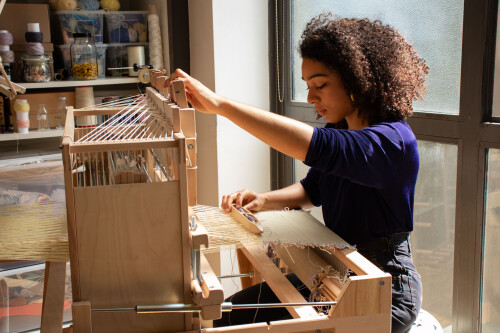
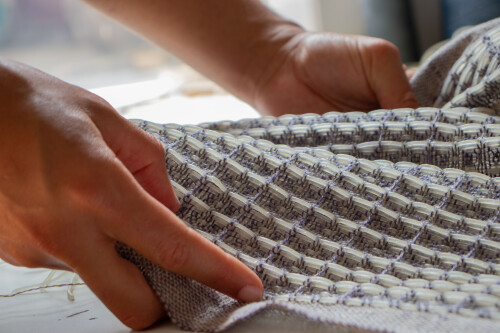
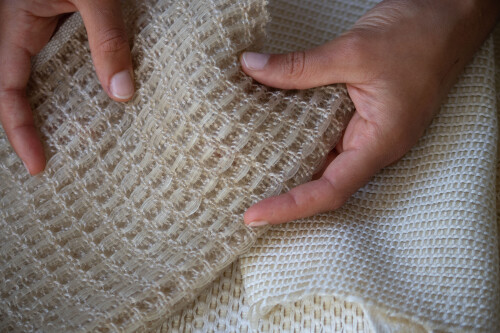
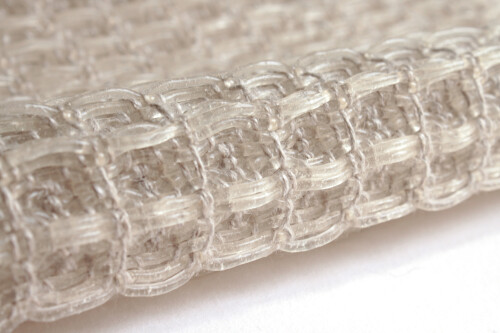
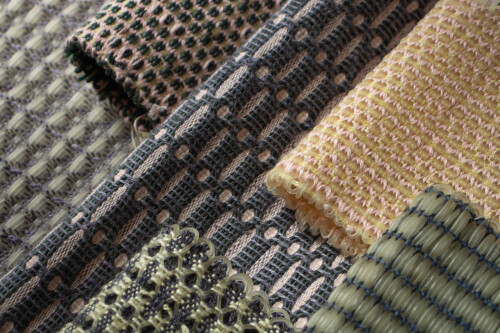
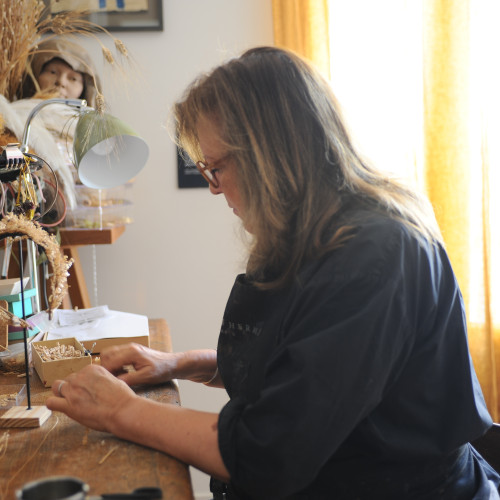
Homo Faber Biennial - 2024 - Artisan Portrait
May 2024
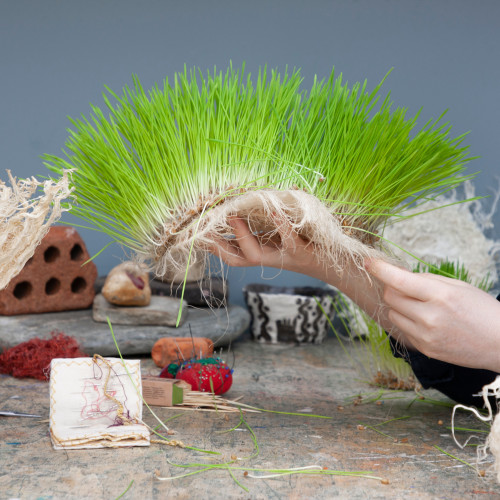
Homo Faber Biennial - 2024 - Artisan Portrait
May 2024
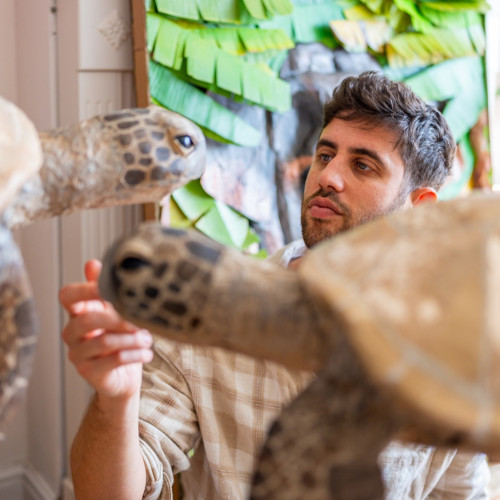
Homo Faber Biennial - 2024 - Artisan Portrait
May 2024